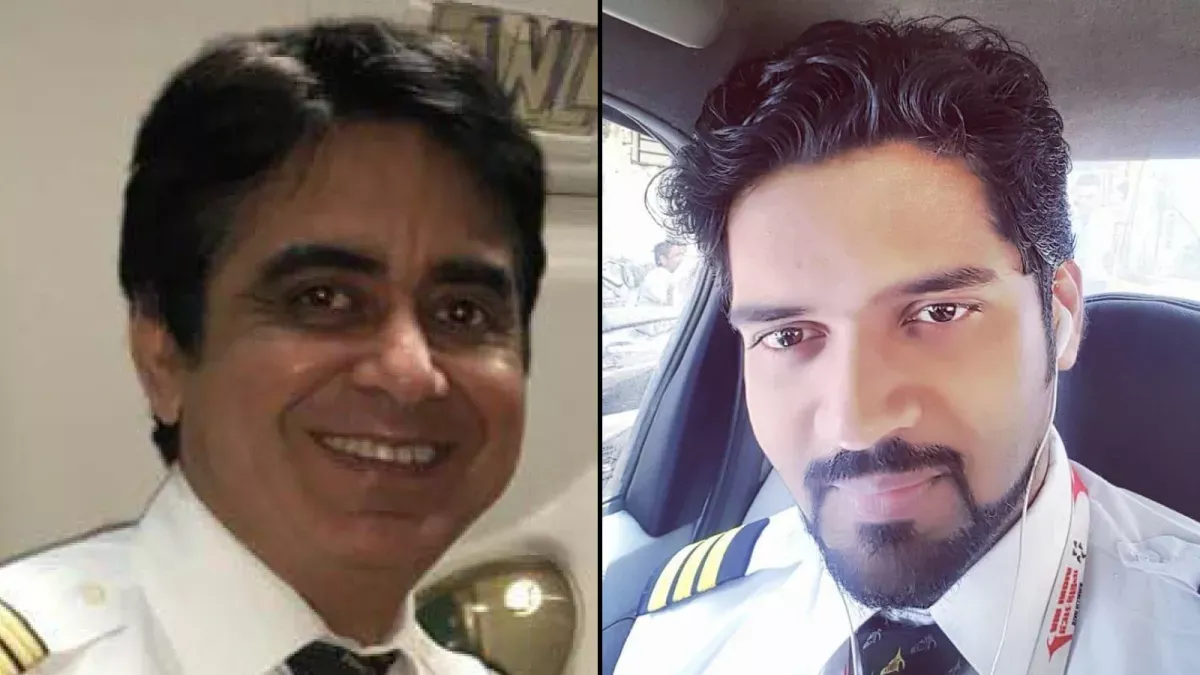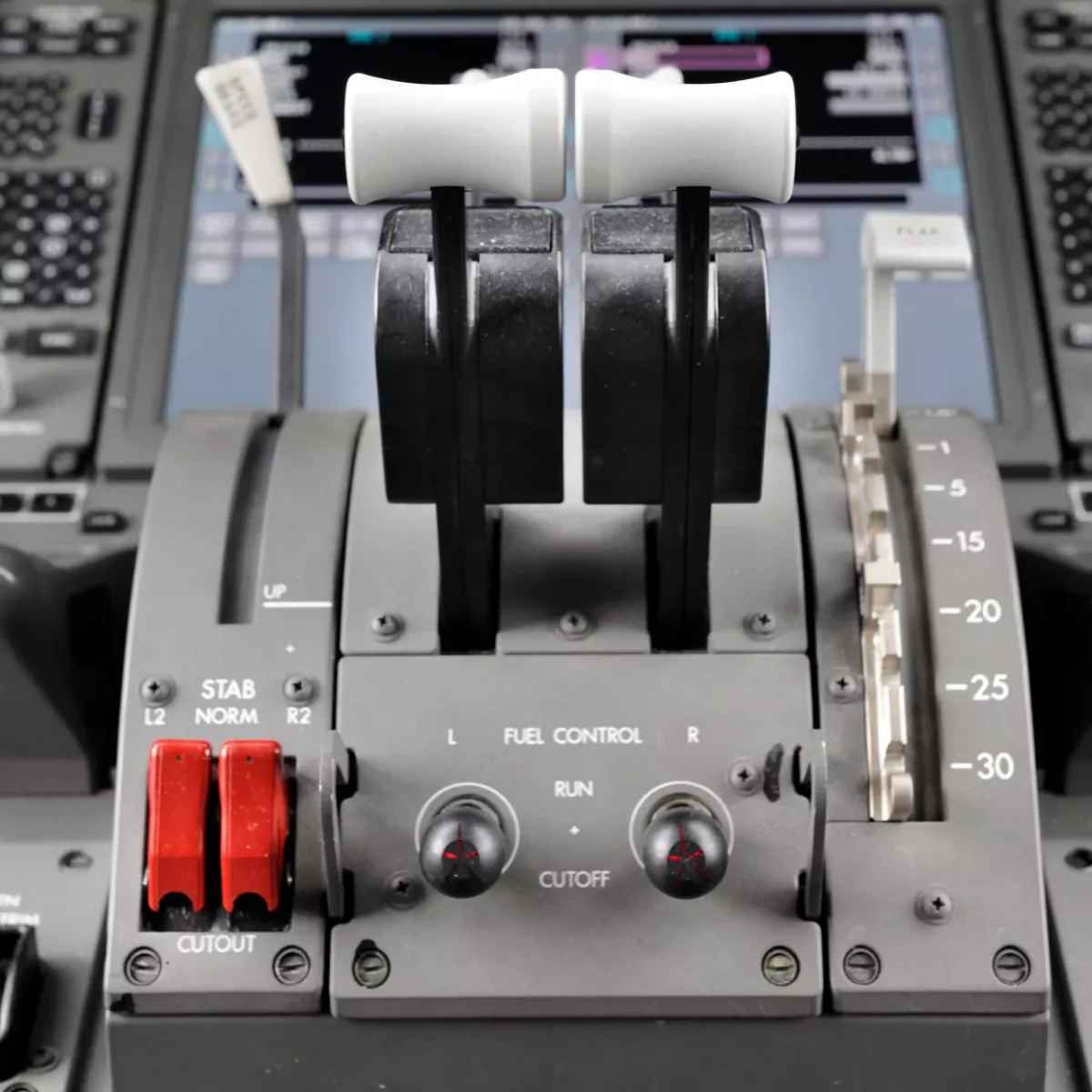How Air India pilots’ reputation evolved from praised heroes to suspects PHOTO
Captain Sumeet Sabharwal, who was close to completing a distinguished career as a commercial pilot, was at the controls of the ill-fated Air India flight from Ahmedabad to Gatwick. His co-pilot, Clive Kunder, was significantly earlier in his aviation career, having logged around 3,400 flight hours. In the immediate aftermath of the crash, the two men were hailed as heroes for their swift reactions and efforts to steer the aircraft away from a densely populated area. Their attempt to divert the stricken jet towards a patch of open land resulted in a near-miss with a residential building before tragically crashing into a hostel housing medical staff.
Just three seconds after take-off, the pilots encountered an unexpected and sudden loss of engine thrust. Within 29 to 35 seconds, the aircraft crashed into the doctors’ quarters, located less than a mile from the airport. The impact resulted in the deaths of 241 passengers and 19 people on the ground. Miraculously, a single passenger survived who was seated near an emergency exit.
However, a recent report by India’s Aircraft Accident Investigation Bureau (AAIB) raises questions of the cockpit crew's actions. According to preliminary findings, investigators uncovered evidence of confusion in the cockpit before the crash. No technical faults have been discovered in the aircraft so far with an article published by The Times pointing out that attention has now shifted to what transpired between the pilots in the few seconds leading up to the tragedy.
Crucially, flight data and cockpit voice recordings show that fuel to both engines was cut off moments after take-off. This revelation has raised serious questions, as such an action is highly unusual during a flight’s ascent. The report quotes an exchange between the pilots: “Why did you cut it off?” one asks, to which the other replies, “I did not do so.” These switches — located beneath the thrust levers — have mechanical locks and protective guards to prevent accidental activation.

The report does not clarify which pilot made each comment, and a fuller investigation is expected to take up to a year. However, what is confirmed is that both fuel control switches were moved to the “cut-off” position shortly after the aircraft reached its peak speed of 180 knots.
“The aircraft achieved the maximum recorded airspeed of 180 knots and immediately thereafter, the engine 1 and engine 2 fuel cut-off switches transitioned from RUN to CUTOFF position one after another,” the report stated.
While the AAIB report does not attribute fault to either Sabharwal or Kunder, it's findings have drawn criticism from the Indian Commercial Pilots’ Association. In a statement, the union objected to what it described as an investigation that “is being driven in a direction presuming the guilt of pilots, and we strongly object to this line of thought.”
In the final moments of the flight, one of the pilots — believed to be Captain Sabharwal — sent a chilling final radio transmission: “Thrust not achieved … falling … Mayday! Mayday! Mayday!” Seconds later, the plane impacted the ground, resulting in near-total loss of life.
Typically, these fuel switches are used only in very specific situations — namely, shutting down engines after landing or in the event of an in-flight fire. Aviation experts say their use during take-off is virtually unheard of. While the pilots attempted to restart the engines by reactivating the fuel supply, it was too late to prevent the disaster.

The AAIB also noted that the FAA had issued a 2018 advisory regarding the potential failure of the fuel switch locking mechanism. Although the guidance was non-binding, Air India did not carry out the suggested inspections.
In response to the aviation catastrophe, a British legal team representing victims’ families is preparing legal action in the United States. James Healy-Pratt of Keystone Law said, “Our families will be filing a lawsuit against Boeing very soon in the US seeking to get answers about the design, manufacture, installation and continued airworthiness of the fuel control switches.”
Unfortunately, video evidence from the cockpit was unavailable, as the Boeing 787 was not equipped with a cockpit camera — a feature many pilots’ unions oppose due to privacy and mental health concerns.
India’s civil aviation minister, Kinjarapu Ram Mohan Naidu, urged caution in interpreting the report. While he emphasised that these findings are preliminary and said the public should not “jump to any conclusions on this,” the report risks tainting the pilots memory prematurely.
By Nazrin Sadigova








